Abandoned Dobšiná mines in Slovakia - the Flos Ferri Heaven
The Dobšiná is a small (about 5300 citizens) former mining town in eastern Slovakia. All mines are shut down. But some of the abandoned underground mines turned into awesome aragonite caves in the past decades.
The Dobšiná area was probably inhabitated by Slavic tribes in prehistoric times. Historic documentation begins with an invitation to German miners in 1326 but it's likely that mining started much earlier.
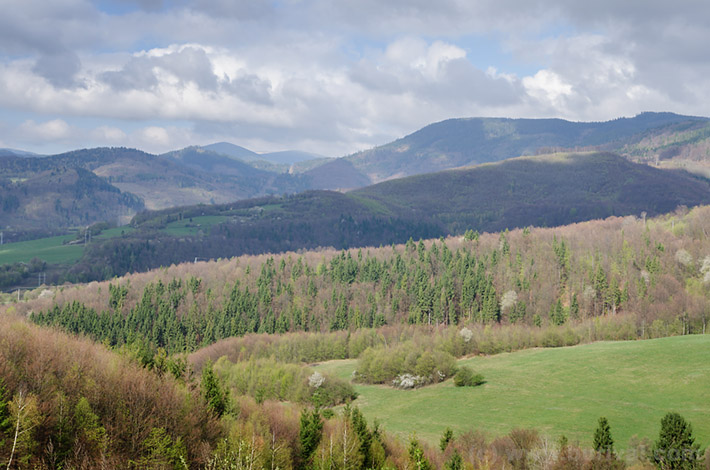
Historic Mining in Dobšiná
The first interesting products of the area were iron and copper, mined first from the weathered outcrops and later from ore veins underground. Mining of copper ores has decreased since the 19th century and finally came to the end in 1919. The iron mines remained very productive for centuries, making Dobšiná town an important producer of iron and steel. The 18th century saw the use of big open pits for extracting siderite and iron was mined continuously until 1970.
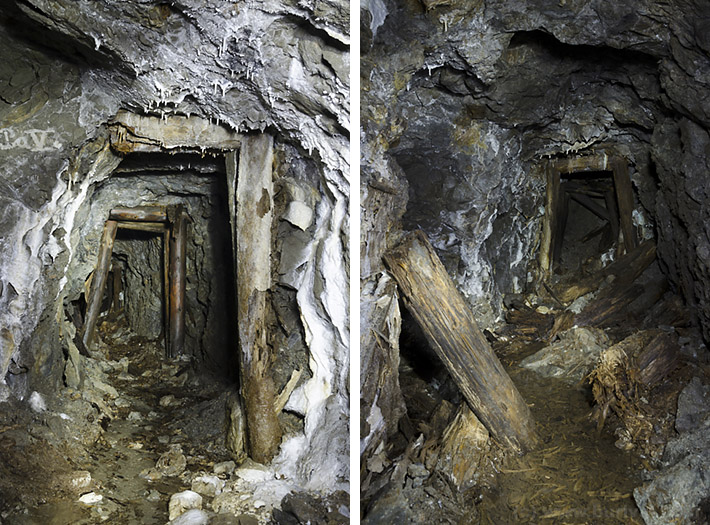
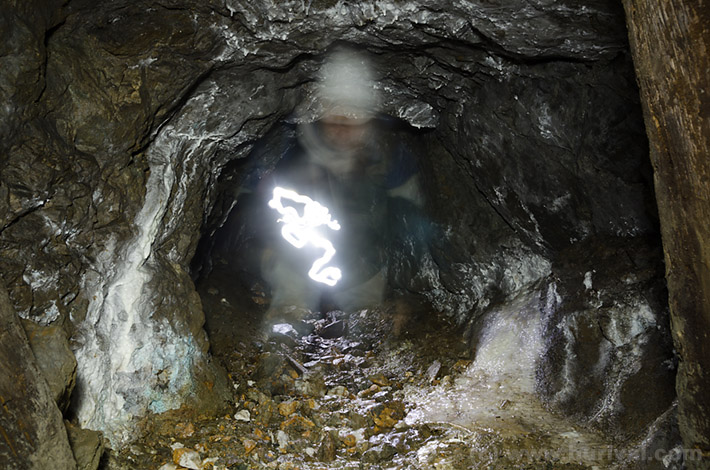
Cobalt and nickel ores had been mined since 1780: for a few decades Dobšiná was the biggest producer in the world. However, 1875 saw the discover of new, bigger deposits overseas, and in 1897 mining of cobalt and nickel in Dobšiná came to a halt. Mercury, bismuth and arsenic were mined for a short periods during 18th and 19th century.
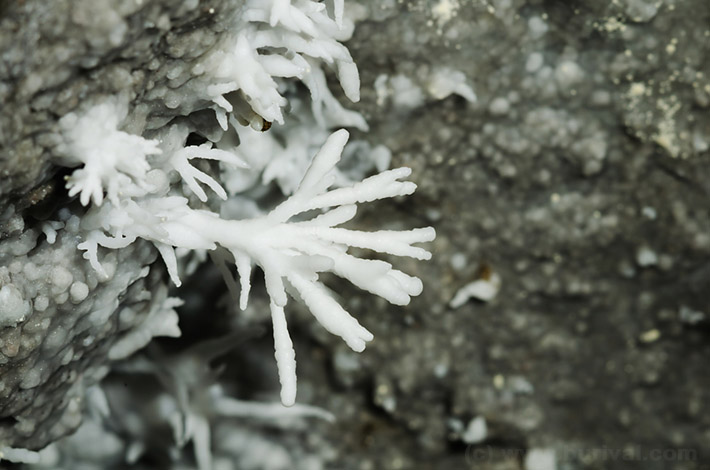
Geological Settings
The Dobšiná area occupies the border zone between the Gemericum and Veporicum unit. Its structure has been vastly complicated by numerous tectonic events. Simply put: the oldest part of the unit is paleosoic, built by metavolcanic rocks with intrusions of gabbro-diorites and diorites. On these rocks, sedimentation of basal conglomerates and later various sandstones, limestones and dolomites occurred. These sediments are late Paleosoic to Mesosoic age. Some of the dolomites have been metasomatically changed into huge deposits of ankerite and siderite. The whole area was at some point tectonically sheared, leading to the formation of multistage hydrothermal veins.
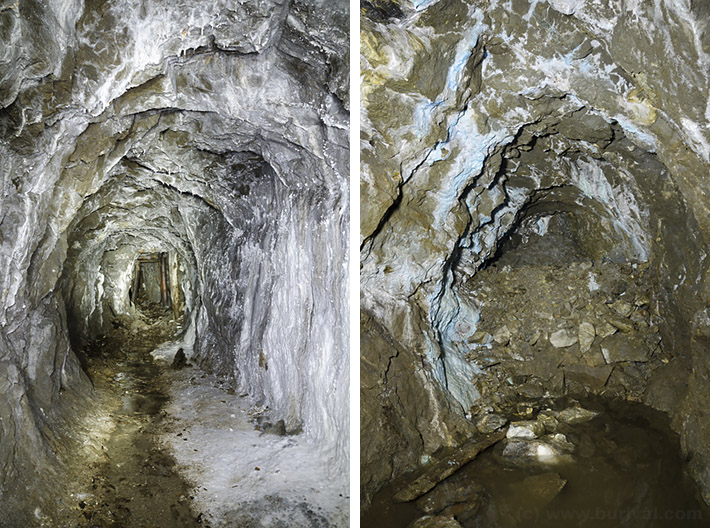
Most of the ore veins are composed of quartz, ankerite, siderite, chalcopyrite and tetraedrite. Less common - but very important - are ore veins which include skutterudite, Ni-skutterudite and gersdorffite. Other sulfides included, among many others, less common arsenopyrite, nickeline, pararammelsbergite. Most interesting among the rare minerals are aikinite, native bismuth, krupkaite, bismuthinite or krutovite.
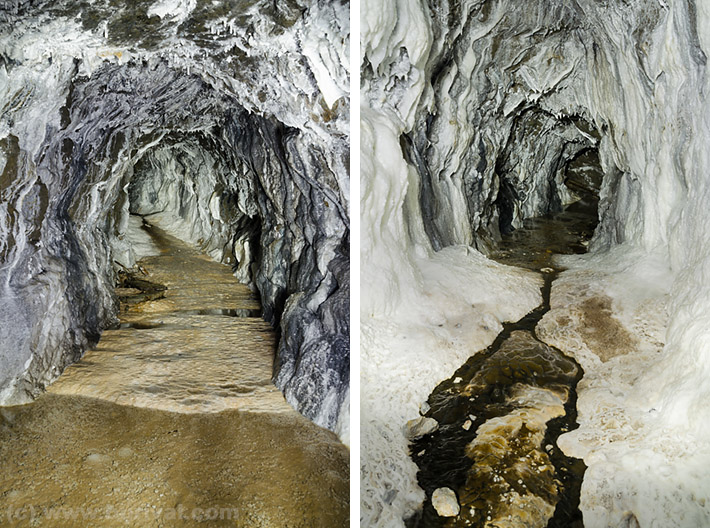
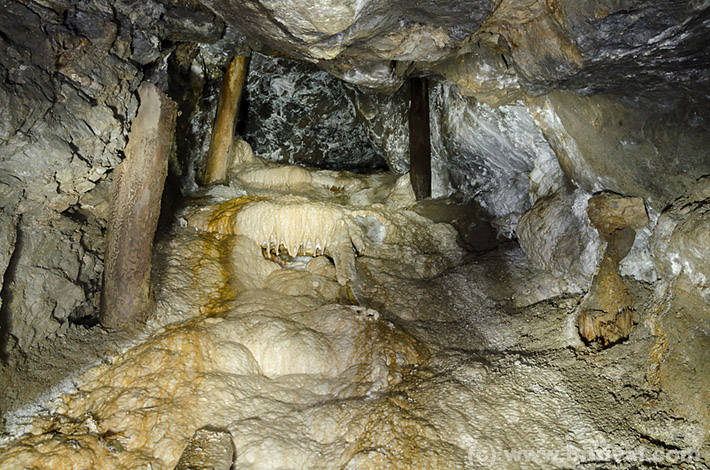
But what makes Dobšiná very interesting is aragonite - flos ferri. Some abandoned adits still drain significant amount of water and, as many ore veins and nearby rocks are rich in carbonates, some karst features have evolved inside the old mines. Some parts of the old adits are fully coated with aragonite layers, roofs are full of stalactites and walls are decorated with abundant flos ferri aggregates. Some aragonites are even colored blue or pink by Ni-Co ores.
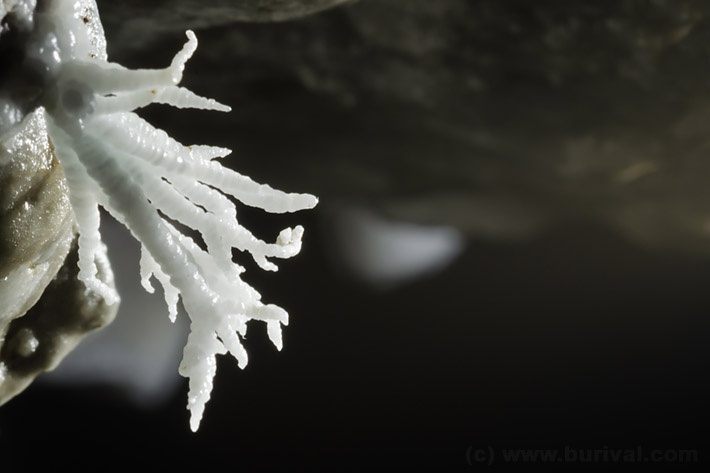
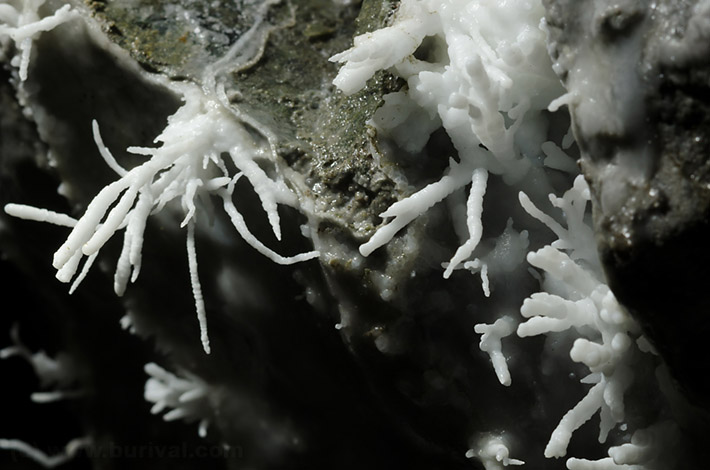
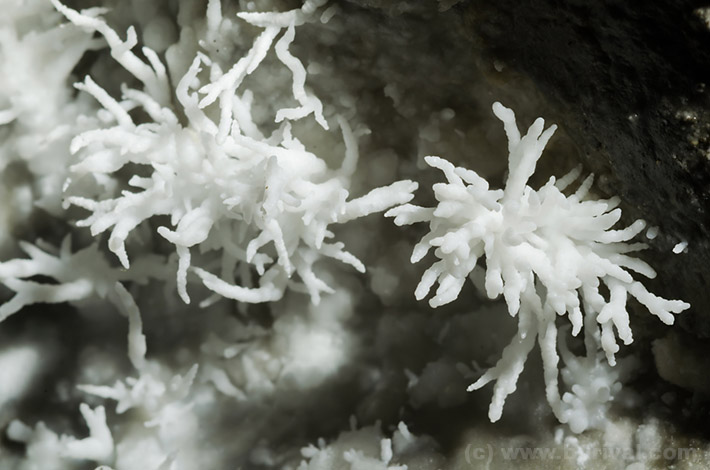
Aragonite adits of Dobšiná
I was very fortunate to visit an abandoned aragonite-rich adit in Dobšiná with Albert Russ. We spent three days photographing the flos ferri in its natural environment, a task which is often quite challenging. The abandoned mine has really awesome parts fully covered by aragonite and full of stalactites, cave pearls, small ponds and other typical karst features. We also found some nice areas with bright blue aragonite - known as variety zeiringit, one place also had interesting blue-pink color patterns.
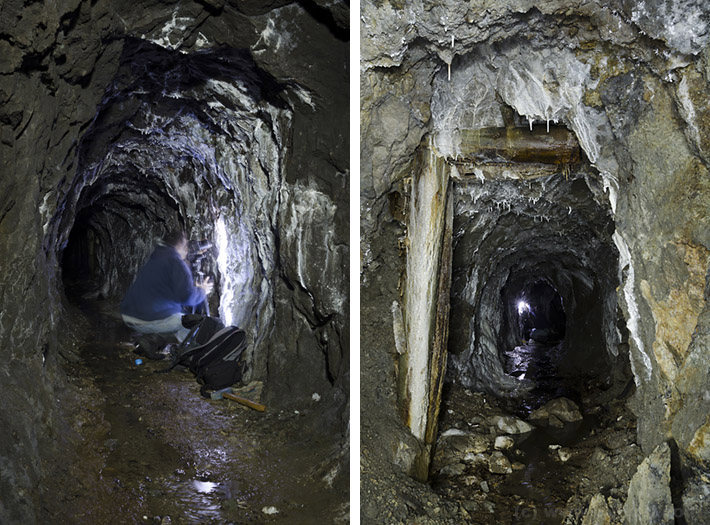

Despite the secrecy of this place, some parts were unfortunately already damaged by collectors. We collected samples from the collapsed or damaged walls. There is no reason to chisel a hole into the nice aragonite layers or flos ferri bushes. Most flos ferri pieces are so delicate that it is almost impossible to recover them anyway. Because of potential for further damage, we will not reveal the location of this particular beauty. The mine can collapse any time or it can grow into even more beautiful place in the next years.
Status update: A while ago, new exploration project for cobalt started in the area. Also the adit mentioned in this article is within the exploration project. There is a new locked entrance and the place is guarded, any visits to this area is possible only with permission of the exploration company!
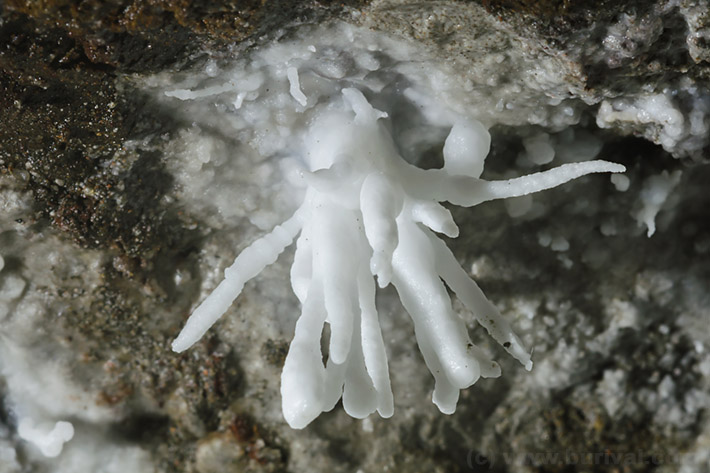
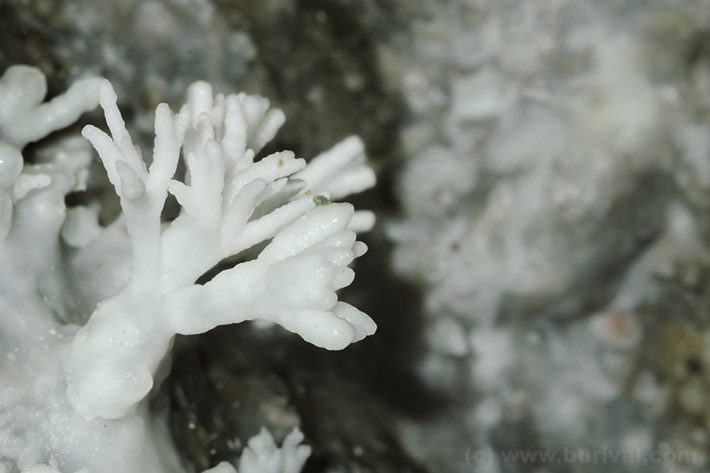

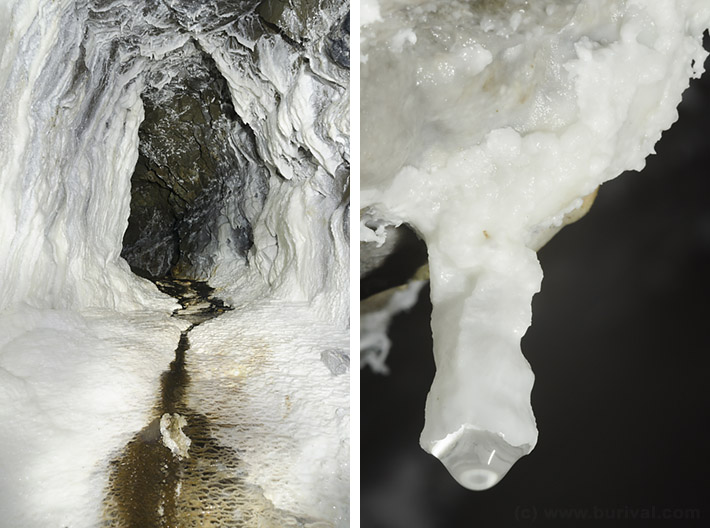
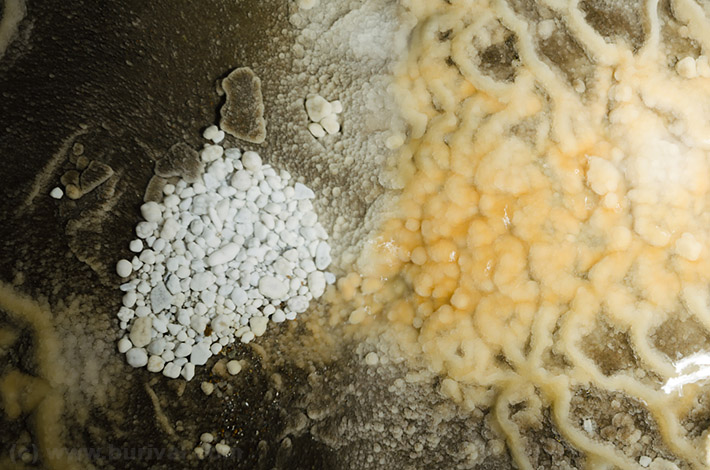





Comments
webmaster said:
28.11.2015 21:49:20Great story about the thrill of visiting an abandoned mine. Have been to Europe many time for business, not for rockhounding however but would love to include that in the next trip. Sounds like they are accessible, like you said, to "crazy explorers" which is awesome.